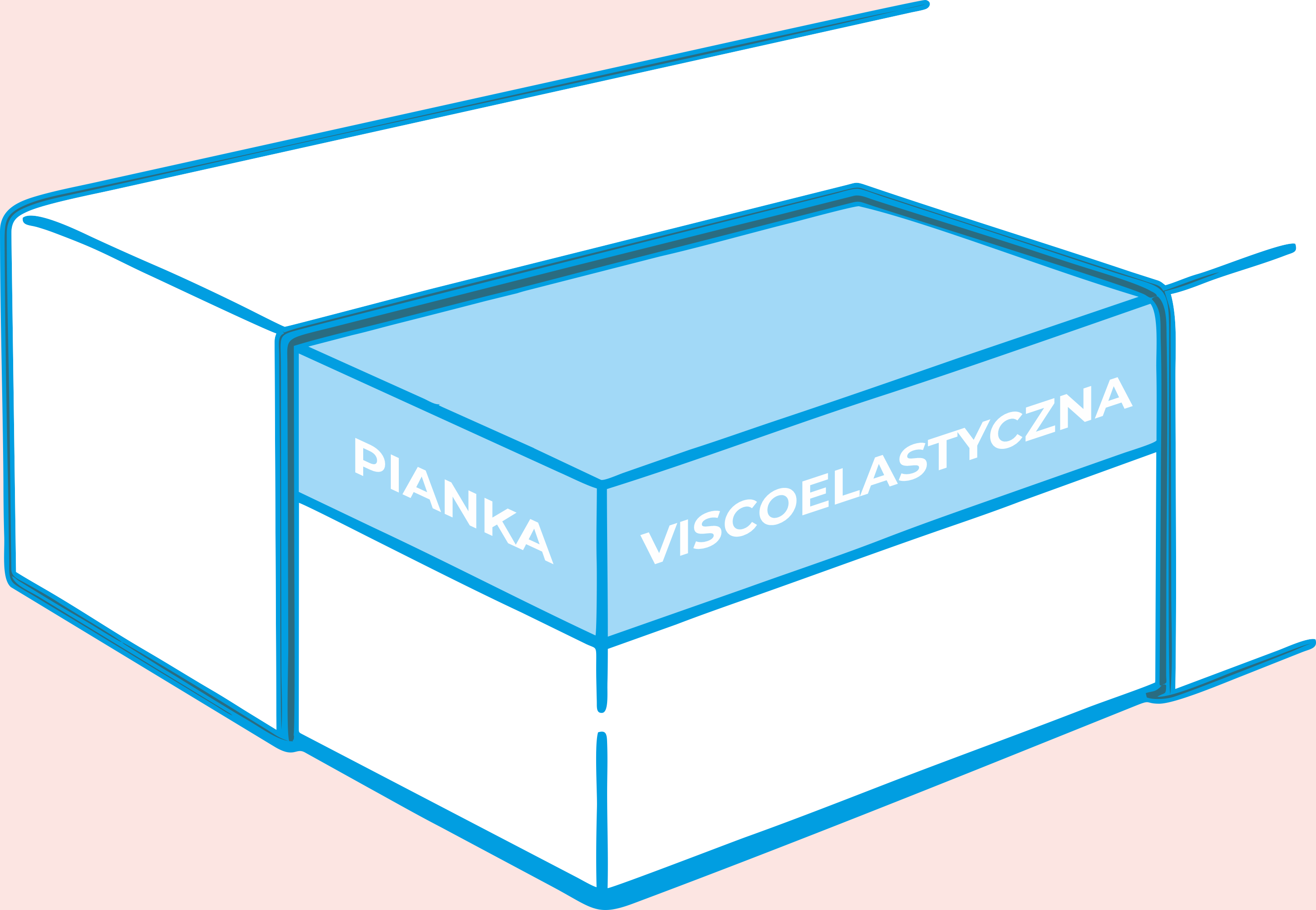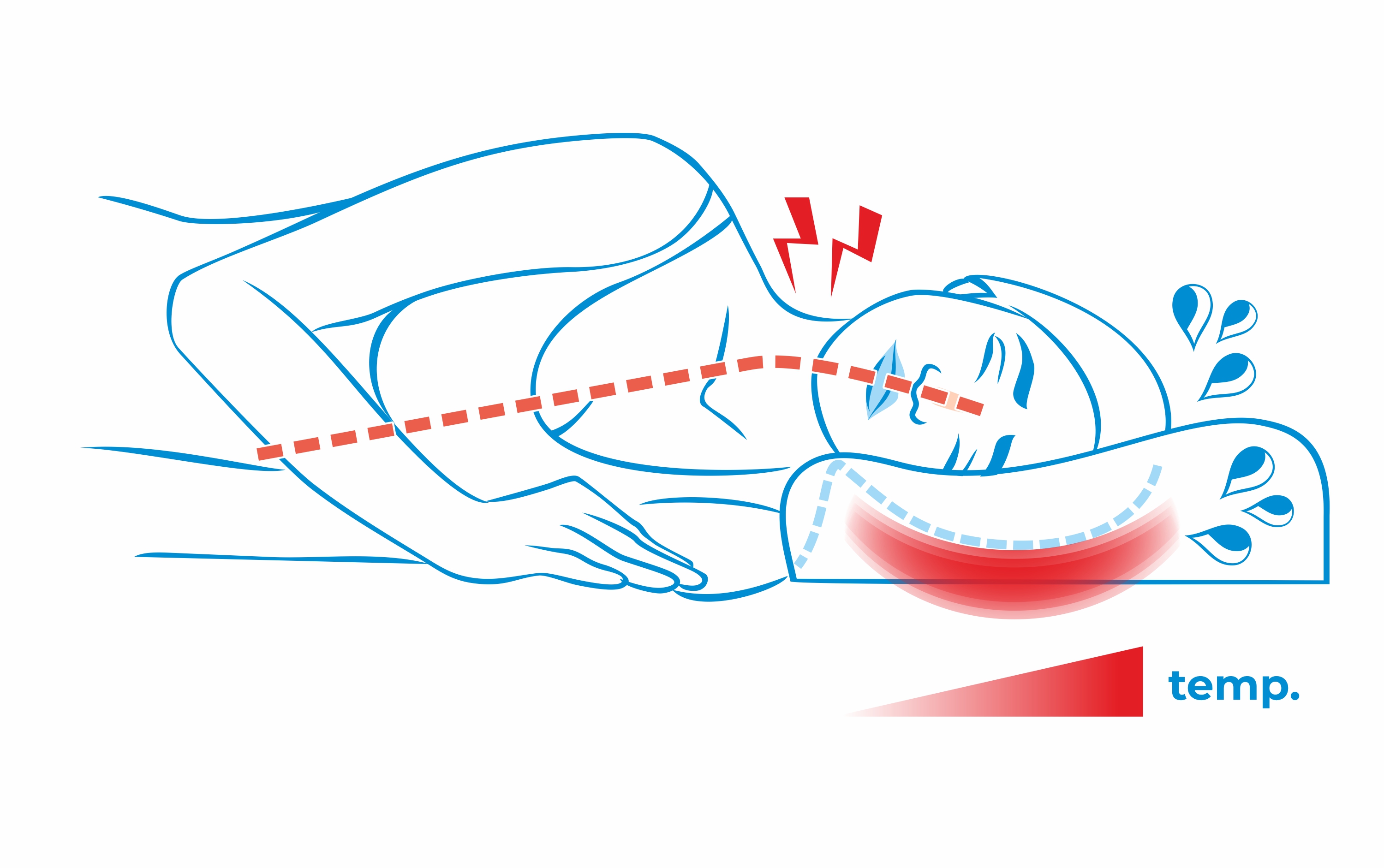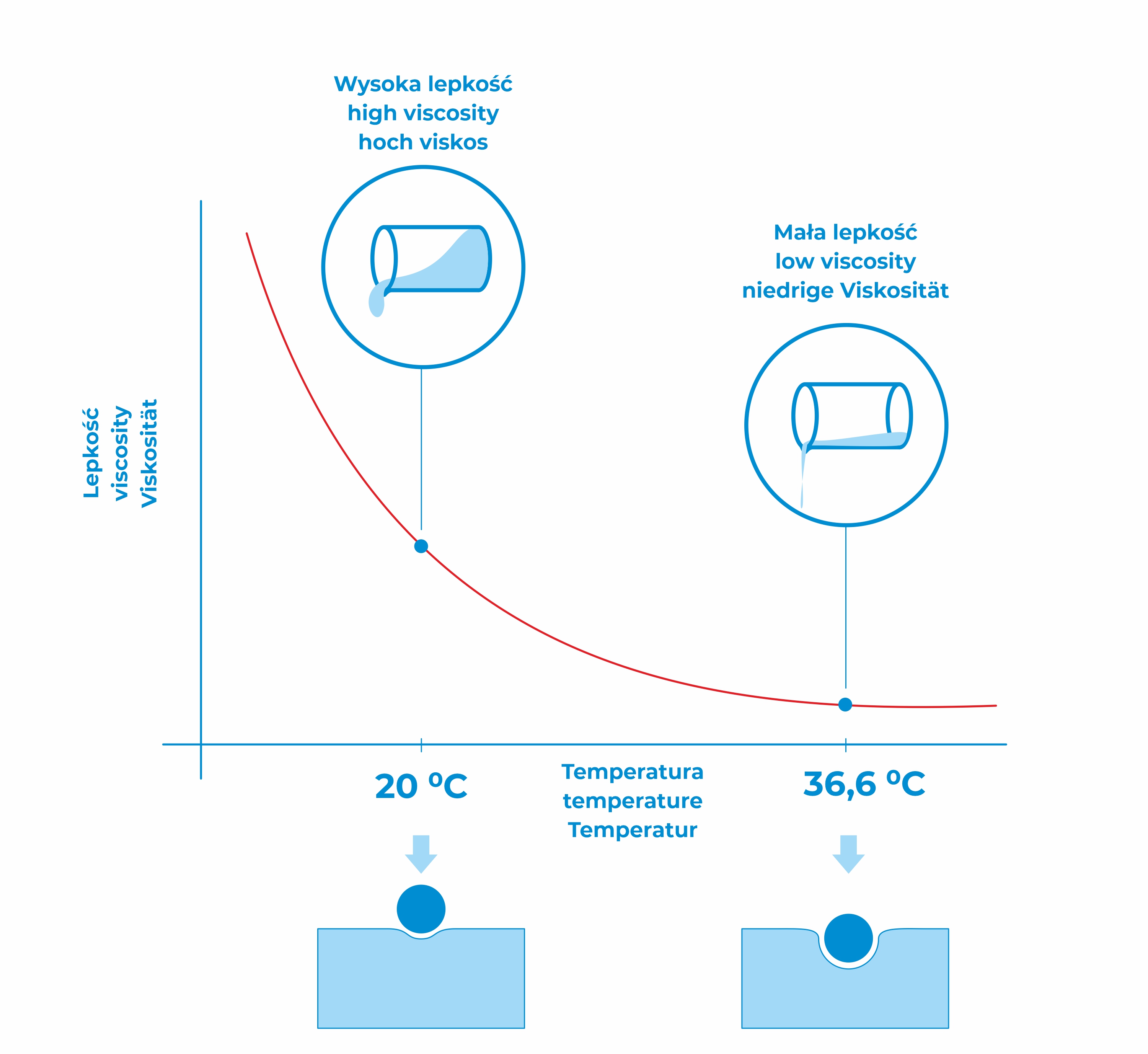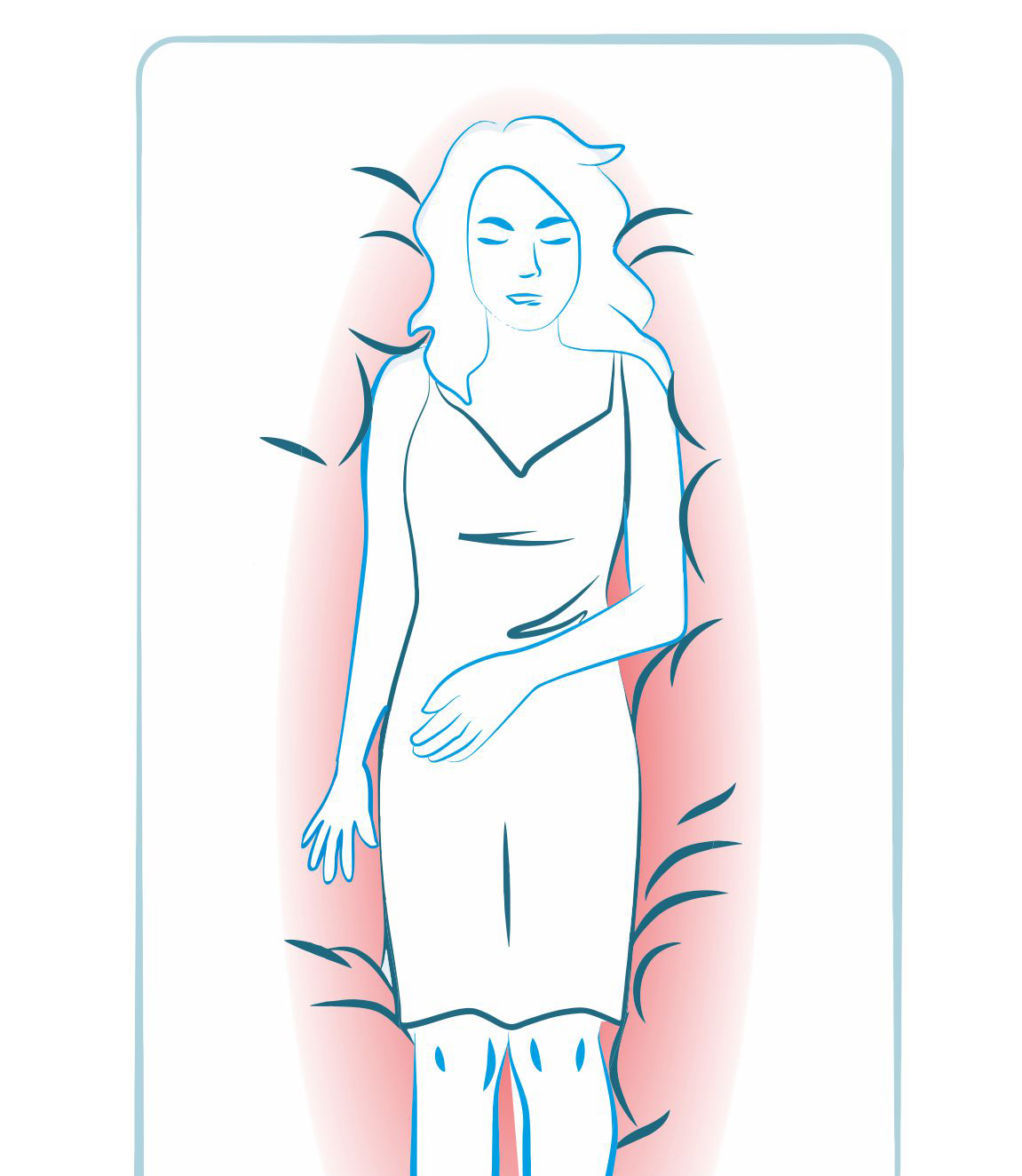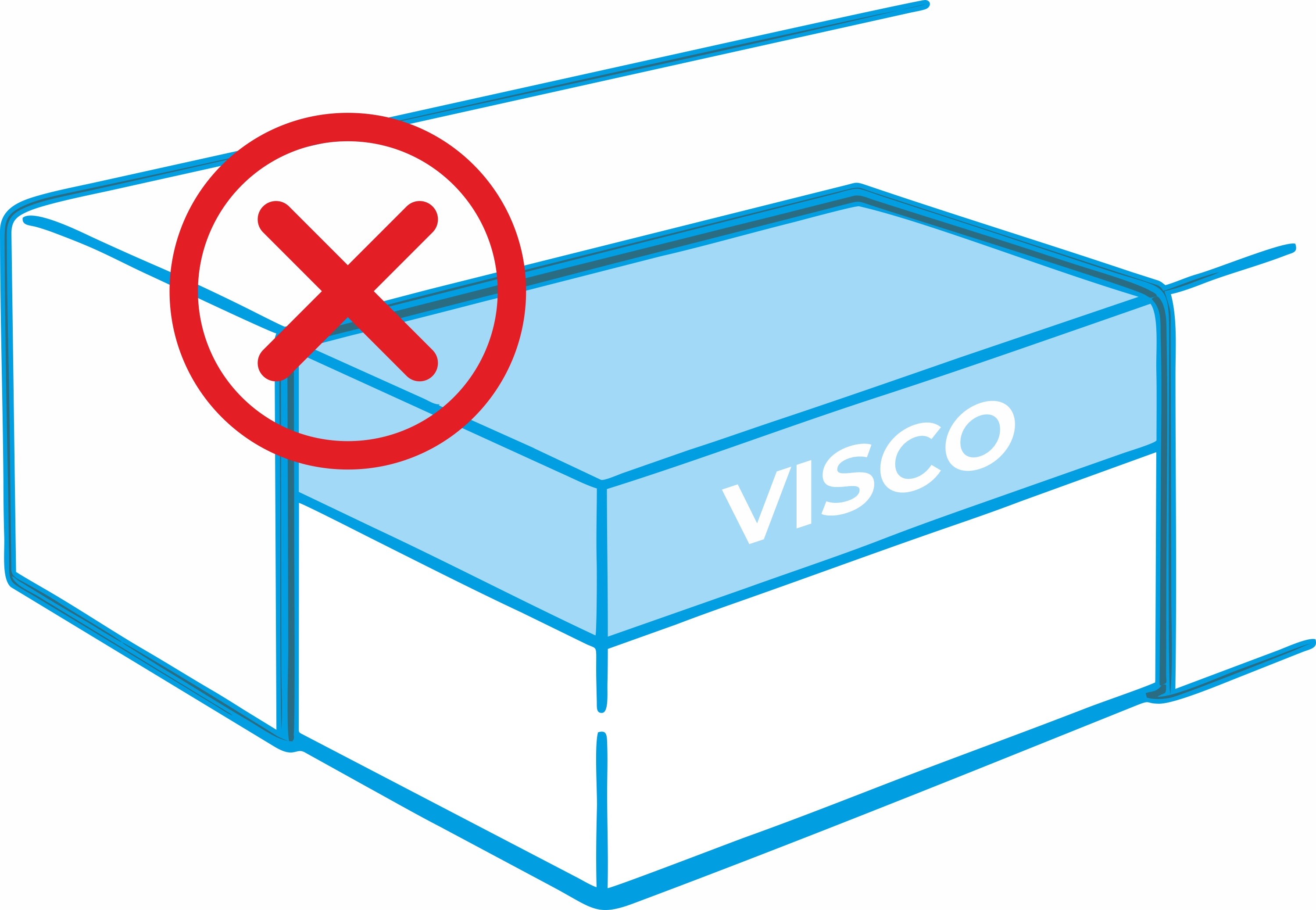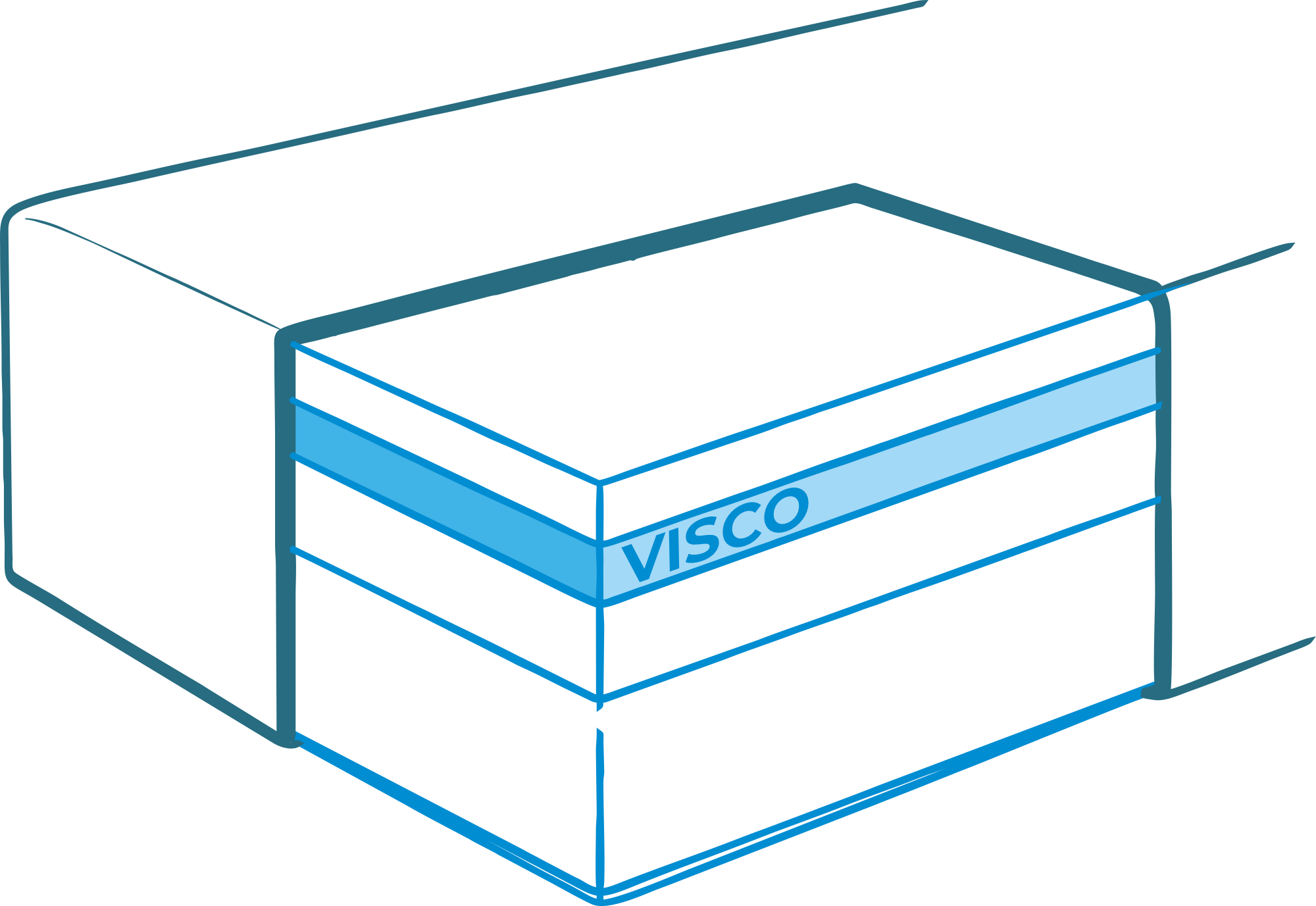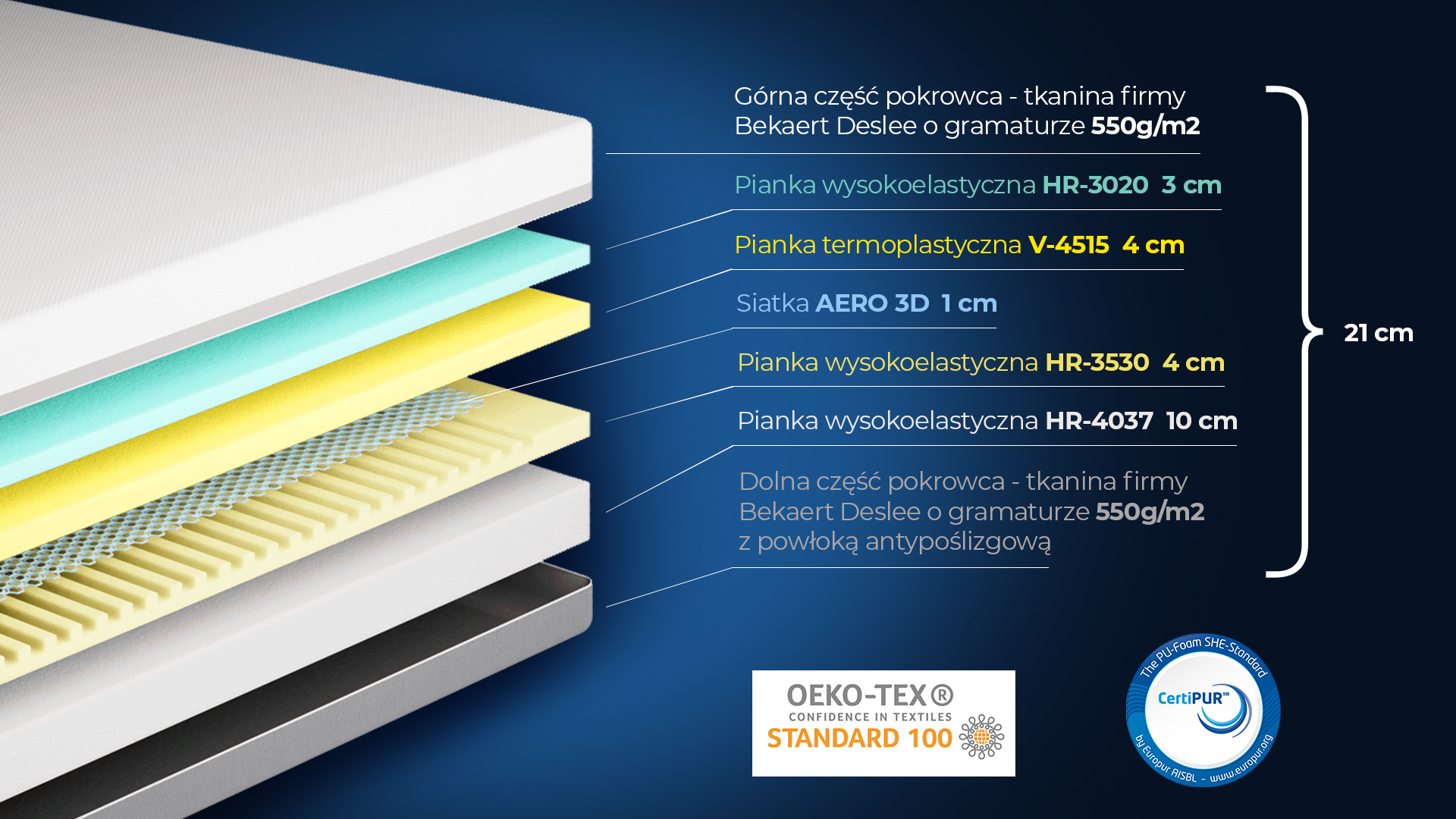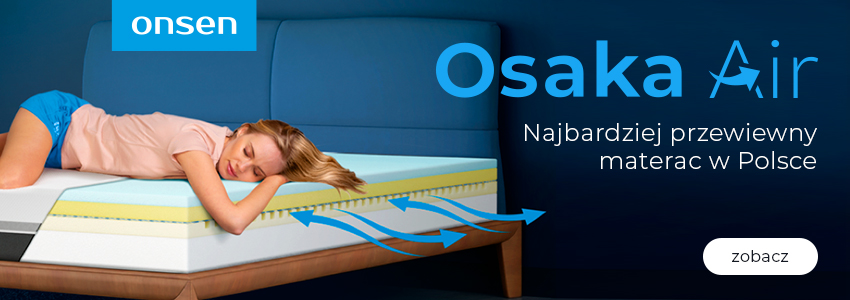Visco foam was invented by NASA in the 1960s when they were looking for a way to improve the safety of astronauts during rocket launches. The goal was to create a material that would provide cushioning and reduce pressure on the astronauts' bodies during launches and landings.
In practice, visco foam proved to be a very useful material for astronauts, but it quickly began to be used in other areas of life as well. Primarily in medicine, but also in the furniture and footwear industries. Thanks to some of its properties, such as flexibility, resistance to deformation, as well as the ability to absorb shocks and vibrations, visco foam has become a popular material for the production of memory foam mattresses and most orthopedic pillows.
The process of producing visco foam is quite complicated. The first step is to mix polyurethane with other ingredients, such as catalysts, fillers, and dyes. It can be produced by both chemical and pneumatic methods. Due to the costs associated with visco foam production, producers most often use the chemical method.
The chemical method involves combining isocyanates and polyols with alcohols, acids, and other substances. In the past, this was done by manually mixing the visco foam ingredients and then pouring them into molds to harden. Currently, the production process takes place on belts, onto which ready-made mixtures are poured from special nozzles whose composition is selected by computer. This method is more popular due to lower production costs. Moreover, it is usually carried out using TDI.
Production of visco foam by pneumatic method is based on creating foam by expansion using pressure and temperature, which allows for foaming of the polyurethane mixture. The mixture is injected into a mold, where under the influence of heat and pressure it begins to expand and foam. This method is more expensive, but allows for obtaining more uniform visco foam with a more even weight distribution. MDI is mainly used for injecting such visco foam into molds.
MDI and TDI are abbreviations for the chemical names of two different isocyanates used in the production of visco foam. The main difference between them is their reactivity. MDI, or methyl diphenyl diisocyanate, requires more time to react with polyols, but is characterized by high mechanical and thermal strength and good insulation properties. Meanwhile, TDI, or toluene diisocyanate, enters into faster reactions with polyols and is more resistant to wear, but has lower mechanical strength compared to visco foam made with MDI.
Visco foam produced by chemical method is characterized by very fast air release due to its internal structure. Meanwhile, the cells of foam produced by pneumatic method have porous membranes, which release air more slowly while maintaining better dynamics.
However, it should be noted that visco foam has many disadvantages that can only be mitigated by placing it in the second layer of the mattress. Also, in the case of pillows, it should be taken into account that orthopedic pillows cut from its blocks do not match the quality and ergonomics of those cast from molds. This applies to both visco foam and high resilience foam, which is used in ONSEN®.




